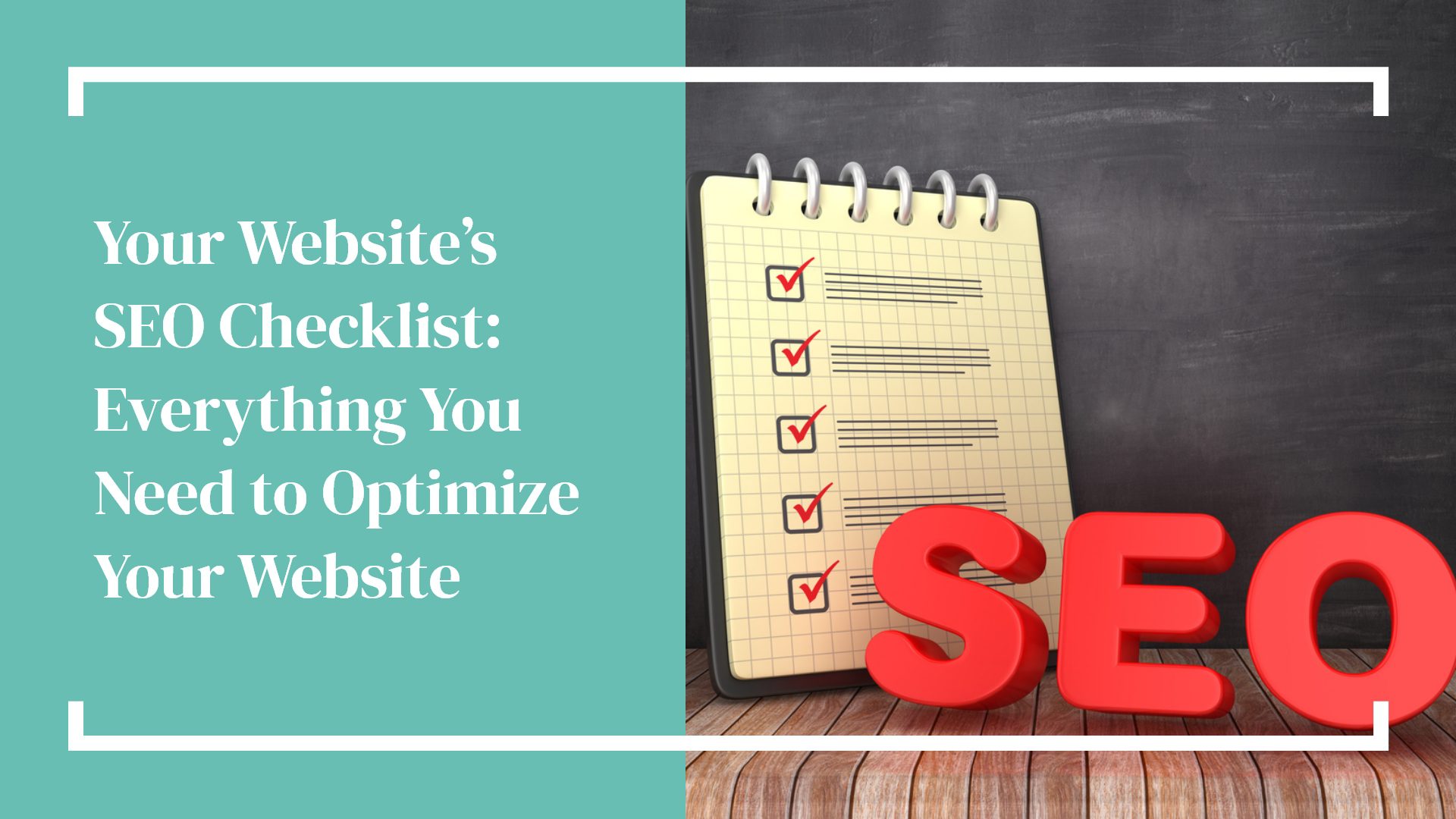We often write about SEO and the very best way to optimize it for your website. But we know it can get overwhelming remembering all of the parts, so we’ve created an easy-to-use checklist to ensure you’re hitting all the right areas. And if you get through the list and decide it all sounds like a little too much work, don’t worry, we have a great solution for you too.
If you find yourself asking “how is search engine optimization determined,” the answer is Google Ranking Factors. These 200+ factors are mostly public but not all. Thankfully Google shares some of the most important factors that are used in evaluating a website. They include:
- High-Quality Content
- Backlinks
- Search Intent and Content Relevancy
- Website Loading Speed
- Mobile Friendliness
- Domain Authority
- Keyword Optimization
- Website Structure
- Website Security
- On-page Experience
SEO Checklist
So, now that you know the top ten Google Ranking Factors, here are the best ways to improve your ranking on the search engine results page through SEO:
Keywords
Keywords are the words that would most likely appear in a search for your business (i.e., the words that would make up a query). Having these words used appropriately throughout your website helps web crawlers more accurately assess your website.
Backlinks
Backlinks, both linking to other content on your website and outside your site, are essential. Backlinks provide additional information through the link, so it’s important to be sure to link responsibly.
Alt Text
Alt text is the behind-the-scenes information that allows web crawlers to assess images more accurately. Adding detailed alt text, captions, titles, and descriptions allows for more efficient evaluation.
Blogs
Blogs satisfy several Google Ranking Factors, including the magnitude of content updates, content freshness, and high-quality content. It’s important that posts are on topic for your business and have an appropriate structure, including headings, tags, images, and categories.
Metadata
Metadata summarizes basic information about data. There are three types of metadata and they include descriptive, administrative, and structural. Ensuring that there is descriptive and summative information for each page is essential.
Page Structure
Another behind-the-scenes factor is page structure. This includes mobile-first design and site maps that make evaluating the overall structure that much easier.
Security
Possibly one of the easiest areas to optimize is having a security certificate for your site.
Functionality
Website functionality points to the user’s experience on the site. This includes the speed of load time, mobile responsiveness, and menus.
Schedule Your SEO Consultation
Schedule a 30-minute consultation and let’s discuss how our SEO service can help drive traffic to your website, increase your search engine ranking, and help your business grow.

